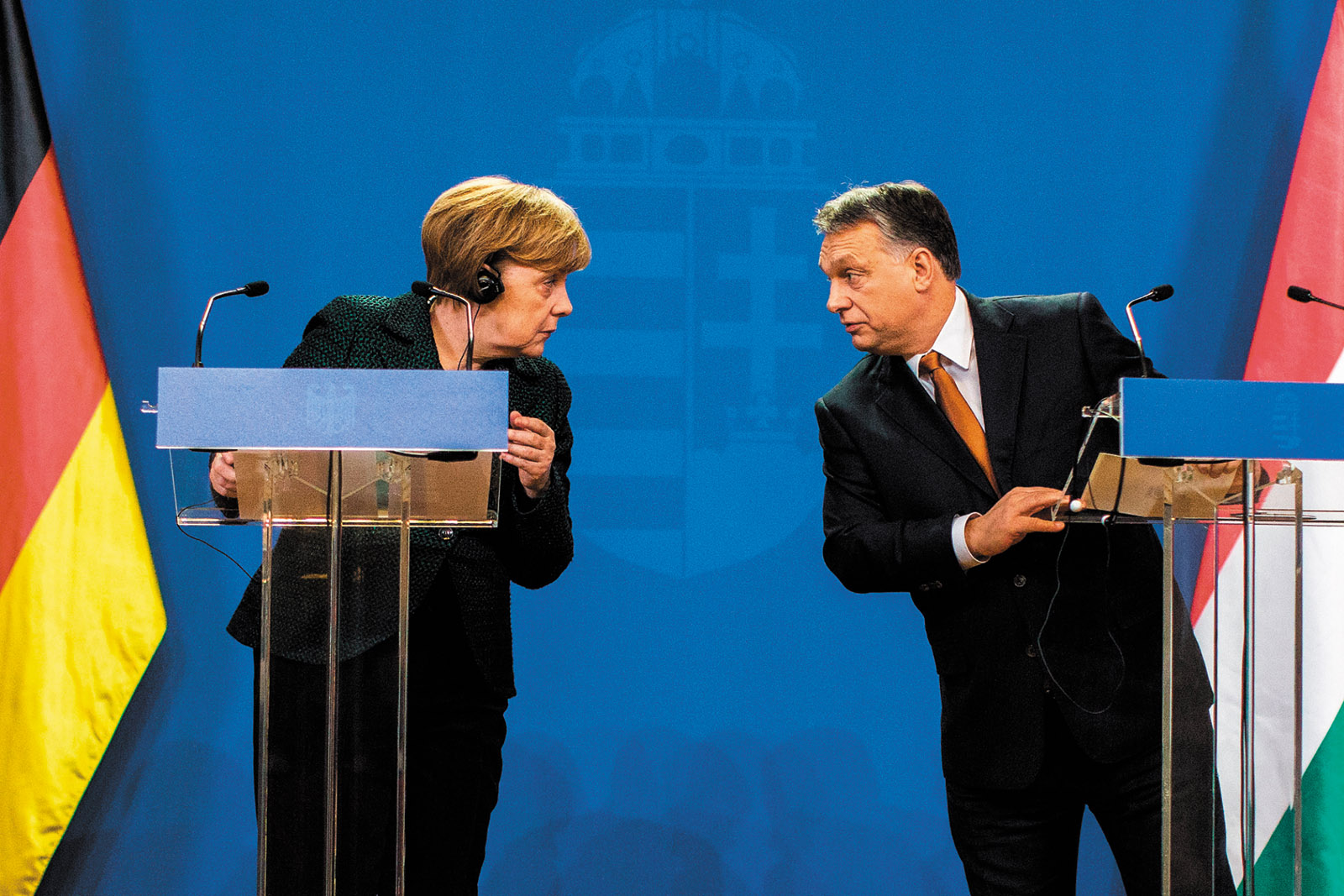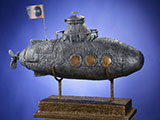 China has a key geopolitical imperative. It depends on exports to sustain its economy. Most of those exports are shipped by sea, and therefore access to the world market begins at its eastern coastal ports. Geography poses a problem for the Chinese. Shipments from the country’s east coast ports, both south and north of the Taiwan Straits, must transit through a string of islands. Some are large islands, while others are extremely small. But they form a string of choke points through which Chinese maritime trade must pass.
China has a key geopolitical imperative. It depends on exports to sustain its economy. Most of those exports are shipped by sea, and therefore access to the world market begins at its eastern coastal ports. Geography poses a problem for the Chinese. Shipments from the country’s east coast ports, both south and north of the Taiwan Straits, must transit through a string of islands. Some are large islands, while others are extremely small. But they form a string of choke points through which Chinese maritime trade must pass.
Choke points are normally geographic realities important to navigators but no one else. But they also create a potential vulnerability for China. The existence of choke points, however many, makes the movement of Chinese vessels predictable. More importantly, given a sufficient air-sea force, blocking those points can block Chinese exports and cripple the Chinese economy.
A Jan. 2, 2017 photo shows a Chinese navy formation, including the aircraft carrier Liaoning, center, during military drills in the South China Sea. STR/AFP/Getty Images
The Chinese see the United States in three ways. First, the U.S. has an extremely powerful Navy. Second, the U.S. is highly unpredictable in how it responds to challenges. The Chinese saw this unpredictability in Korea, Vietnam, Kosovo, Operation Desert Storm, Iraq and so on. At times, the U.S. does not respond. Other times it over-reacts, from the Chinese point of view. Third, the U.S. prefers economic sanctions that at times include physically blocking the trade of a given country.

















